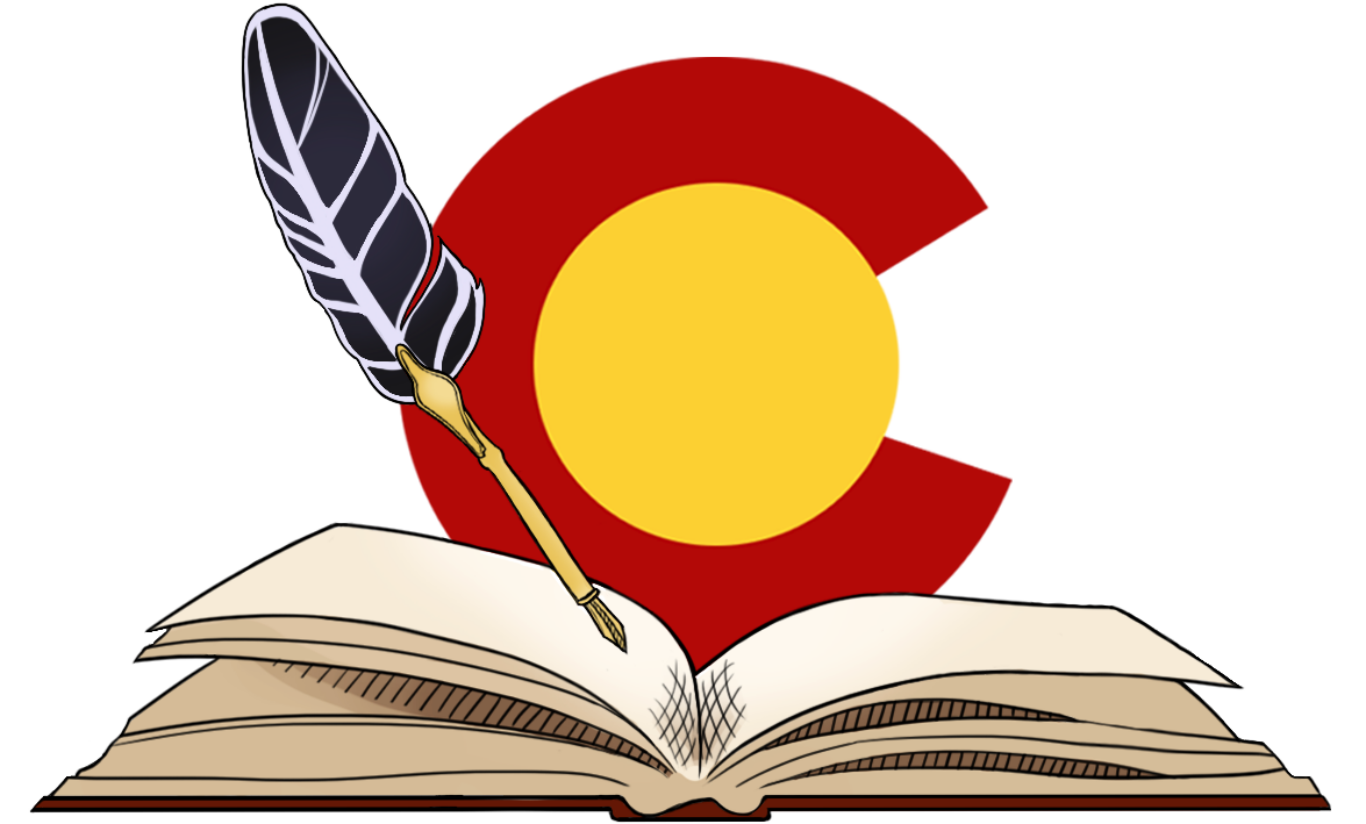by Julie Pelegrin
This week, the Colorado Supreme Court handed down its opinion in Dwyer v. State of Colorado, holding that the negative factor, which is applied in calculating funding for school districts, does not violate section 17 of article IX of the Colorado constitution – commonly referred to as Amendment 23. Reviewing the Dwyer opinion presents an excellent opportunity to observe some of the presumptions and rules of statutory and constitutional interpretation in action.
Facts and Issue
For a discussion of the facts and issues in the Dwyer case, see this LegiSource article posted last April. For now, suffice it to say that in 2010, the General Assembly created the negative factor, which reduces school district funding to ensure that the state’s funding responsibility for public P-12 education doesn’t exceed the state’s available resources. In 2014, a group of parents, school districts, and education organizations sued the state claiming that the negative factor violates Amendment 23 which requires annual minimum increases to “the statewide base per pupil funding, as defined by the Public School Finance Act of 1994, article 54 of title 22, Colorado Revised Statutes….”
 The persons suing the state – we’ll call them the parents – claimed that the negative factor that the state imposes violates Amendment 23 because, when the amendment refers to “statewide base per pupil funding,” it really means the total funding for public education. When Amendment 23 passed, applying the formula to a higher base automatically resulted in an increase in the total funding. So that’s what the voters must have intended. With the negative factor, however, even though the base increases by inflation, the amount of overall funding for public education does not increase by inflation.
The persons suing the state – we’ll call them the parents – claimed that the negative factor that the state imposes violates Amendment 23 because, when the amendment refers to “statewide base per pupil funding,” it really means the total funding for public education. When Amendment 23 passed, applying the formula to a higher base automatically resulted in an increase in the total funding. So that’s what the voters must have intended. With the negative factor, however, even though the base increases by inflation, the amount of overall funding for public education does not increase by inflation.
The state argued that it has fully complied with the requirements of Amendment 23. When the amendment refers to “statewide base per pupil funding,” that’s what it means. And the state has increased the statewide base per pupil funding by at least the required amount every year since Amendment 23 passed.
Chief Justice Nancy Rice, writing for the Court, summed up the issue like this:
Legally speaking…Plaintiffs’ challenge to the negative factor presents a surprisingly straightforward question of constitutional interpretation. Quite simply, this case is about one thing: the meaning of the term “base.”
Statutes presumed constitutional: §2-4-201, C.R.S.
The opinion starts with the bedrock presumption that the statute that creates the negative factor is constitutional, and a person who claims otherwise must prove it beyond a reasonable doubt. Avid LegiSource followers may recall our discussion of the presumption of constitutionality in an article published earlier this summer.
Plain meaning rule
The Court then moved straight to the most commonly applied rule of statutory construction: The plain meaning rule.
As explained in a previous LegiSource article, the plain meaning rule says that a court must give words their ordinary and popular meaning, and if the language of a statute – or in this case a constitutional provision – is clear and unambiguous, then it must be enforced as written. The Court also recognized that, just as legislators are presumed to know the current state of the law when they vote to change it, voters who vote for an initiative “are presumed to know the existing law at the time they amend or clarify that law.”
The Court then held that Amendment 23 requires increases only “to statewide base per pupil funding, not total per pupil funding. We know that this is what Amendment 23 means, because this is exactly what Amendment 23 says.” (Emphasis in the original). Having found that Amendment 23 very clearly and intentionally uses the phrase “statewide base per pupil funding,” as defined by the Public School Finance Act of 1994, the Court refused to consider whether the voters actually intended to require annual increases to total funding for public education, deciding that “[i]f voters had wished to increase ‘total’ per pupil funding rather than ‘base’ per pupil funding, they would have said so.”
The parents argued that the explanation of Amendment 23 in the 2000 Blue Book – the explanation of ballot measures prepared for voters by the Legislative Council – suggests that voters intended to ensure an annual increase in the total funding for public education. But the Court said that “only where the amendment’s language ‘is susceptible to multiple interpretations’ do we look beyond it to ascertain the voters’ intent.” Since the Court found that the language can be interpreted only one way, it did not consider any evidence of voter intent.
In the alternative, the parents argued that the state has not in reality increased the statewide base per pupil funding amount as required by the plain meaning of Amendment 23. The parents claimed that the actual dollar amount set in statute for statewide base per pupil funding is meaningless because the negative factor actually reduces the statewide base per pupil funding. The parents provided a complicated mathematical demonstration to support their argument. But, the Court found the mathematical argument to be a “red herring,” holding that “the result of the reduction – that is, whether the State has reduced any district’s per pupil funding below the base level set by Amendment 23 – is all that matters.” (Emphasis in original). And the undisputed facts show that, in each year since the General Assembly created the negative factor, each school district received a per pupil amount that was greater than the statewide base per pupil funding amount set for that year.
Court must avoid an interpretation that has an absurd result
The parents also raised another standard rule of constitutional interpretation: Implementation of a constitutional provision is intended to be just and reasonable, and an unjust, absurd, or unreasonable result should be avoided when construing a constitutional provision. The parents argued that interpreting Amendment 23 to require an increase in statewide base per pupil funding but to allow a decrease in total education funding produces an absurd result.
But the Court found that
…it was perfectly rational, not absurd, for voters to insist that the State annually increase base per pupil funding (which is uniform across all school districts) while simultaneously affording the General Assembly discretion to modify factor funding (which is specific to each individual district).
Conclusion: Still subject to interpretation?
Having applied the standard principles of constitutional interpretation and interpreted the term “statewide base per pupil funding” according to its plain and statutorily defined meaning, the Court held that “the negative factor has not reduced the base below its constitutional minimum and thus does not violate Amendment 23.” And reading the Court’s opinion suggests that the rules of statutory and constitutional interpretation are clear and easily applied.
But, remember, the Court’s holding was a 4-3 decision. Three of the justices who applied the rules of statutory and constitutional interpretation decided that the meaning of Amendment 23 was not all that plain and that the parents should be able to present their arguments at trial.
It appears that the rules of interpretation are subject to…interpretation.
Correction, Oct. 6, 2015: The headline of this article was changed for clarity.




